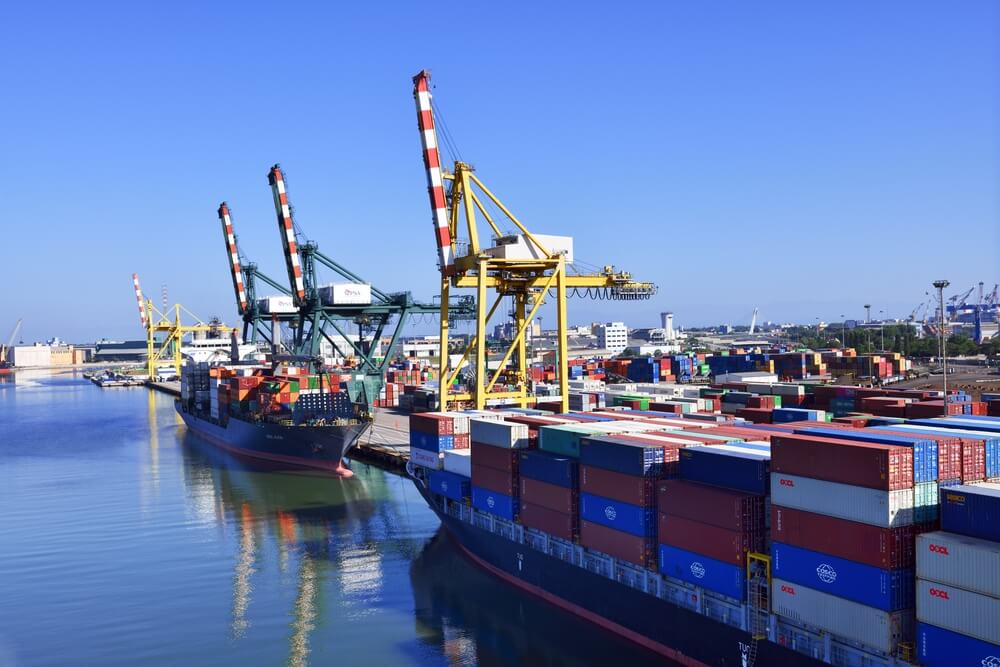Since January, the world has watched in shock as US President Donald Trump’s administration has undermined every pillar of the economic order that the United States helped build and proudly championed for much of the past century.
The principles of the postwar international economic order – non-discrimination among trading partners, fair treatment of foreign businesses in domestic courts, and adherence to the rule of law as enshrined in the World Trade Organization’s Articles of Agreement – laid the groundwork for eight decades of unprecedented prosperity and poverty reduction.
While economists still debate whether trade was the primary engine of global growth or merely a key facilitator, few would dispute that the liberalization of trade played a central role.
Given this history, it is hardly surprising that the Trump administration’s sweeping, country-specific tariff hikes, which violate the tariff ceilings negotiated under the WTO, have shocked America’s allies.
Trump’s invitation to individual countries to “negotiate” tariff reductions represents yet another breach of the multilateral rules-based system, given that these negotiations have been strictly bilateral.
These actions violate the WTO’s most-favored-nation principle, which prohibits member states from applying different trade barriers to different countries except under formal free-trade agreements.
By raising tariffs above the limits set in WTO agreements, the administration has injected enormous uncertainty into the global trading system.
The distortions don’t stop
Talks with South Korea, for example, began only once negotiations with Japan had apparently concluded.
While the US agreed to cut the tariff on Japanese automobile imports to 15%, the rate for South Korean cars remains at 25% pending a final agreement.
Even the US-Mexico-Canada Agreement offered no shield, as America’s regional partners were forced into separate negotiations.
The Trump administration demanded that negotiating partners commit to fixed levels of foreign direct investment in the US
The distortions don’t stop there. Beyond tariffs, the Trump administration demanded that negotiating partners commit to fixed levels of foreign direct investment in the US.
Likewise, as a condition for approving the sale of US Steel to Japan’s Nippon Steel, the administration secured a “golden share,” granting the federal government veto rights over corporate decisions.
A new multilateral coalition
At its core, Trump’s trade strategy rests on divide-and-rule tactics. Faced with the threat of severe economic disruption, most national leaders have felt they had no choice but to negotiate and accept terms that heavily favor American interests.
All of this underscores the urgent need for WTO members to mount a coordinated response.
To that end, Canadian Prime Minister Mark Carney has proposed that the world’s largest trade blocs – most notably, the European Union and the Comprehensive and Progressive Agreement for Trans-Pacific Partnership (CPTPP) – join forces and form a new multilateral coalition.
Acting collectively, such a group would command far greater bargaining power than any country could achieve on its own
Acting collectively, such a group would command far greater bargaining power than any country could achieve on its own.
Carney’s proposal, however, would take time to implement, since the two major trading blocs operate under different rules and standards that would need to be reconciled.
The CPTPP, formed by the original participants in the Trans-Pacific Partnership after Trump withdrew the US from it at the start of his first presidency, offers a useful model.
The WTO must be modernized
Alternatively, WTO members could create a new Global Trade Organization (GTO), adopting the WTO’s Articles of Agreement and incorporating existing mechanisms such as the Dispute Settlement Mechanism.
Membership would be open to any country willing to abide by these rules. If EU and CPTPP countries signed on, others – including South Korea – would likely follow.
Critically, accession procedures should be kept simple, ensuring continuity of WTO rules.
 If the GTO represented even 60% of international trade, its collective bargaining power would far exceed that of the US, rendering Trump’s divide-and-rule tactics ineffective
If the GTO represented even 60% of international trade, its collective bargaining power would far exceed that of the US, rendering Trump’s divide-and-rule tactics ineffective
With most of the world’s trading countries banding together, much of the WTO’s practical value could be preserved until the US decides to change course.
There is already precedent for this kind of initiative. After the US blocked appointments to the WTO’s Appellate Body between 2017 and 2019, 47 members responded by forming the Multi-Party Interim Appeal Arbitration Arrangement, which allows participating members to resolve disputes without US involvement.
The US accounts for about 10-12% of global exports, while China’s share is roughly 15%.
If the GTO represented even 60% of international trade, its collective bargaining power would far exceed that of the US, rendering Trump’s divide-and-rule tactics ineffective.
More importantly, such unity might eventually persuade American policymakers to return to rules-based cooperation.
To be sure, the WTO must be modernized, especially when it comes to e-commerce, subsidies, and services trade. But restoring the integrity of the global trading system is urgent.
By embracing Carney’s initiative and forming a GTO, major economies can reaffirm their commitment to cooperation, stability, and shared prosperity, thereby keeping the spirit of multilateralism alive while paving the way for necessary reforms.
Anne O. Krueger, a former World Bank chief economist and former first deputy managing director of the International Monetary Fund, is Senior Research Professor of International Economics at the Johns Hopkins University School of Advanced International Studies and Senior Fellow at the Center for International Development at Stanford University.